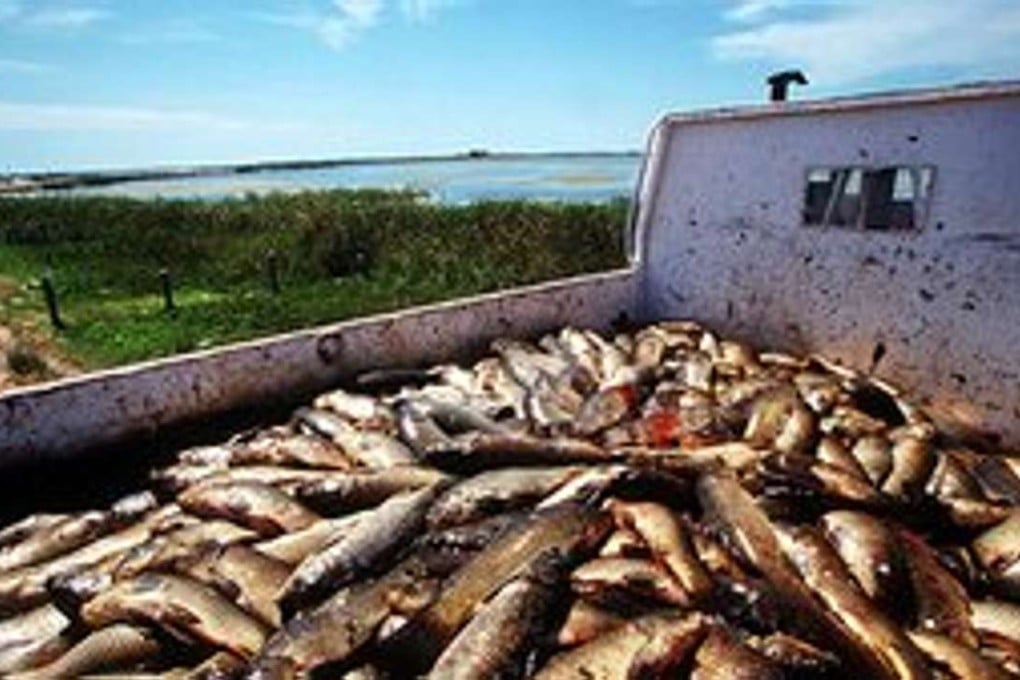Australia’s plan to eradicate carp using the herpes virus is ‘serious risk to global food security’

Scientists in Britain have raised concerns about Australia’s A$15 million plan to release a herpes virus in the nation’s largest river system to eradicate carp, saying it poses a serious risk to global food security, could cause “catastrophic ecosystem crashes” in Australia, and is unlikely to control carp numbers long term.
[Laboratory tests] cannot rule out the possibility of cross-infection
In a letter published in the Nature Ecology and Evolution journal this week, University of East Anglia researchers Dr Jackie Lighten and Prof Cock van Oosterhout say the “irreversible high-risk proposal” could have “serious ecological, environmental, and economic ramifications”.
The Australian government allocated A$15m in the 2016 budget to a national carp control plan, centred around a plan to release the koi herpes virus into the Murray-Darling river system to kill common carp, or Cyprinus carpio.
It followed extensive research by the CSIRO, which conducted seven years of tests to ensure that native fish, birds, amphibians, and other species in the river system could not contract the virus.
Lighten and van Oosterhout say the use of the carp herpes virus should not be compared to the release of the myxomatosis virus to control the rabbit population, arguing: “compared with the biocontrol of terrestrial vertebrates, the biocontrol of large, highly fecund aquatic animals such as carp adds novel risks.”
They argue that laboratory tests “cannot rule out the possibility of cross-infection” and that the virus will have “an enormous evolutionary potential” once released in the wild, and could evolve to attack other species.
They also say that releasing a notifiable disease that attacks the most commonly-farmed fish in the world could impact the global food supply, and that the oxygen loss caused by millions of tonnes of rotting carp killed by the virus in the Murray Darling Basin could “lead to catastrophic ecosystem crashes”.
“[Koi herpes virus] is a highly efficient killer of common carp, and since its initial outbreak and rapid global spread in the 1990s it has caused millions of dollars of losses to the carp aquaculture and angling industries,” van Oosterhout said. “Carp is one of the most farmed fish in the world and an important source of protein in lower to middle income countries, so is vital to food security.”